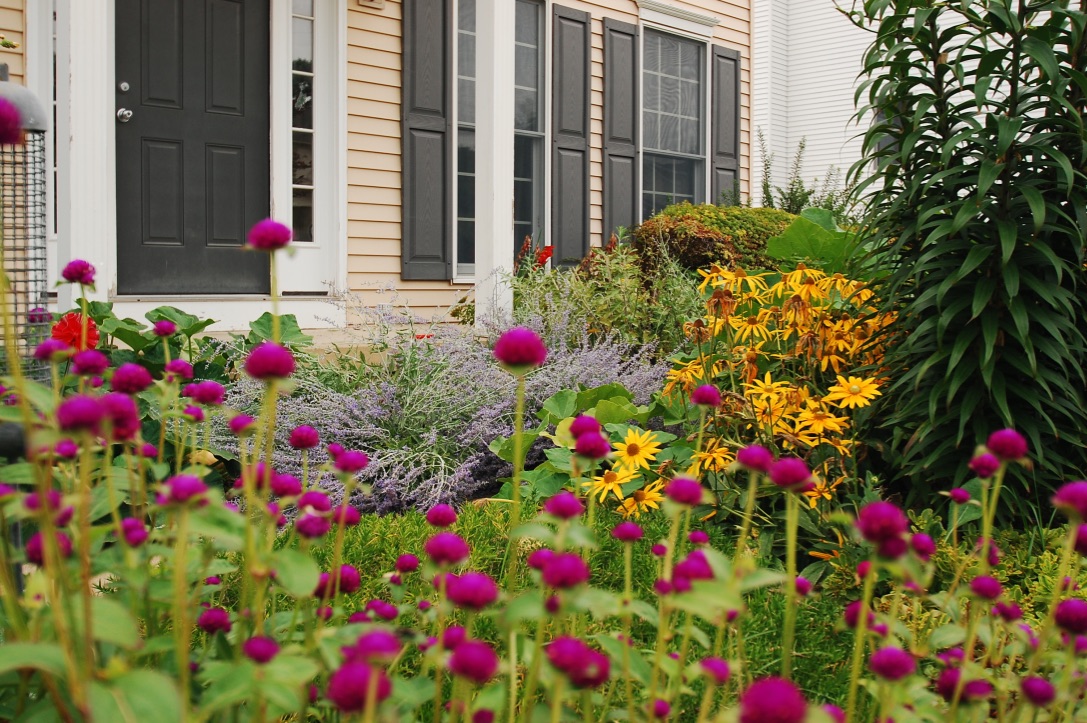5 Reasons to Mulch Your Garden, the Next Step to Protecting Your Investment: After you finish planting this spring, be sure to mulch everything with 3 inches of shredded bark mulch. So you ask, “Why mulch?” Here’s why: Mulching reduces erosion. Don’t let the wind or rain blow or wash away all the lovely top soil you just spent your hard earned dollars on to make your garden grow! Mulching reduces plant disease. Mulching reduces the amount of watering you will have to do. Mulching reduces weed populations. Mulch looks a heck of a lot nicer than bare soil, and is much easier to work with if you want to rearrange plants later on. Mulch prevents soil from splattering up on your siding during a hard rain. Find out if your city has a compost facility. You can usually get great deals on mulch and compost. In Davenport, Iowa, we can get a truckload of shredded bark mulch for $30! Lots cheaper than spending $3 to $4 per bag, eh? Compost only costs us about …
Like this:
Like Loading...



